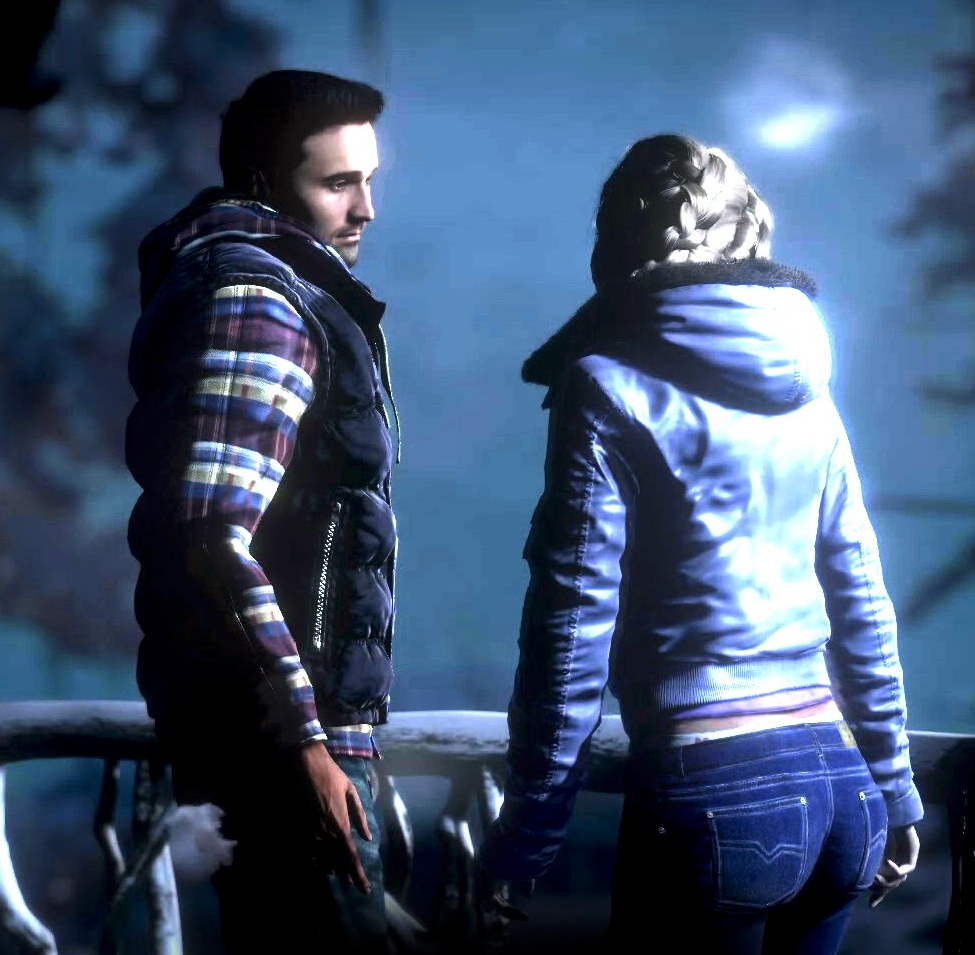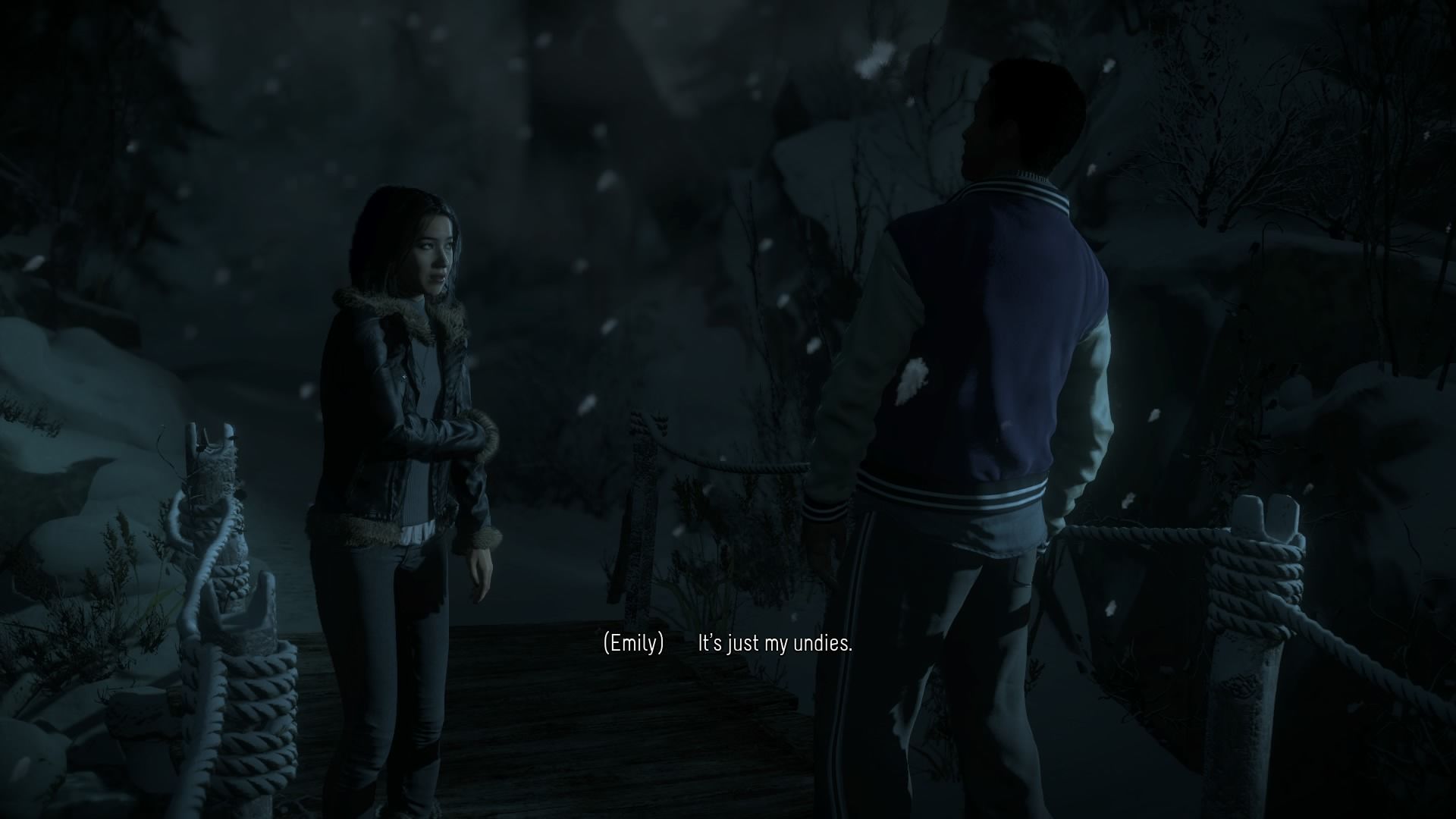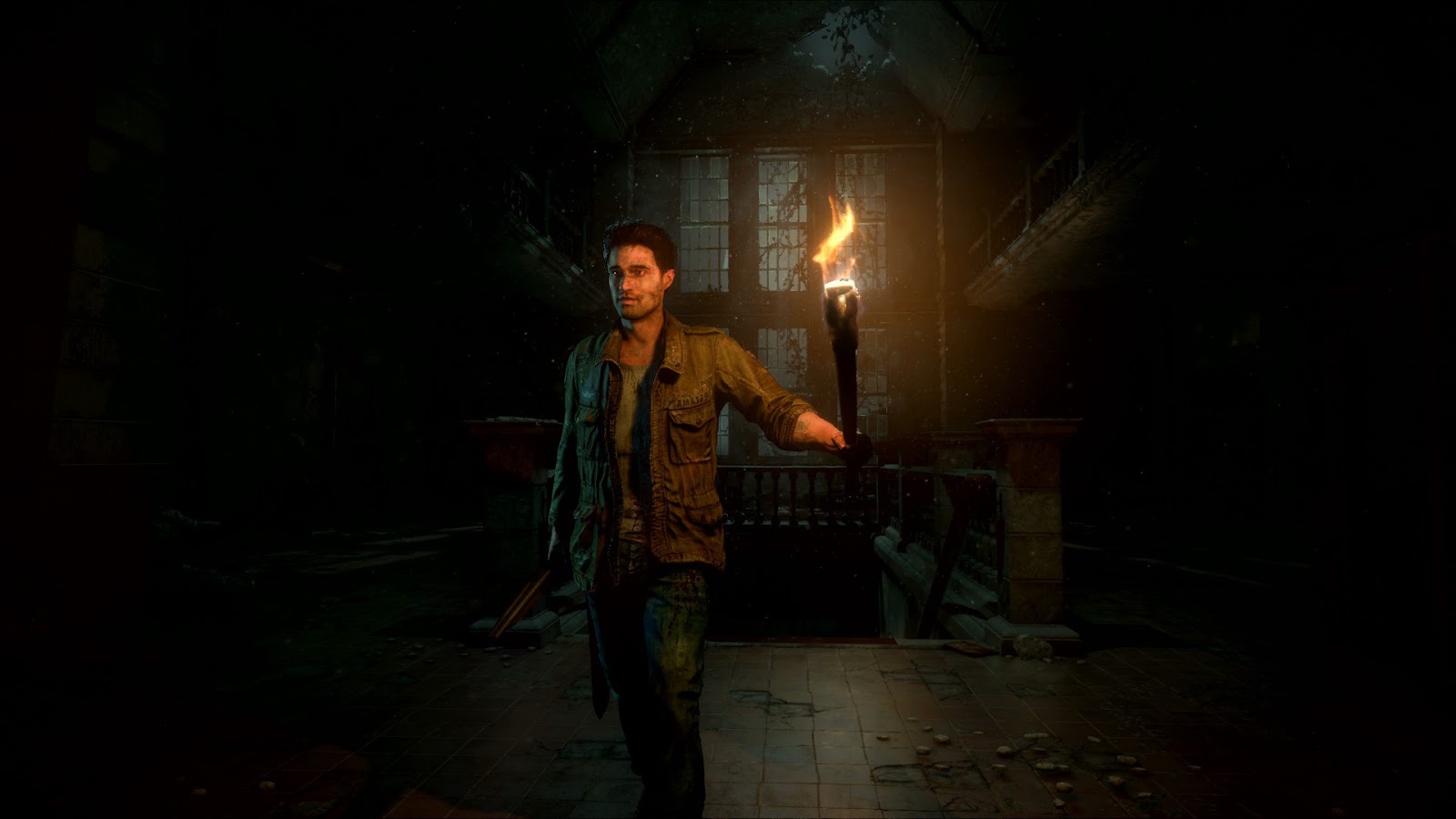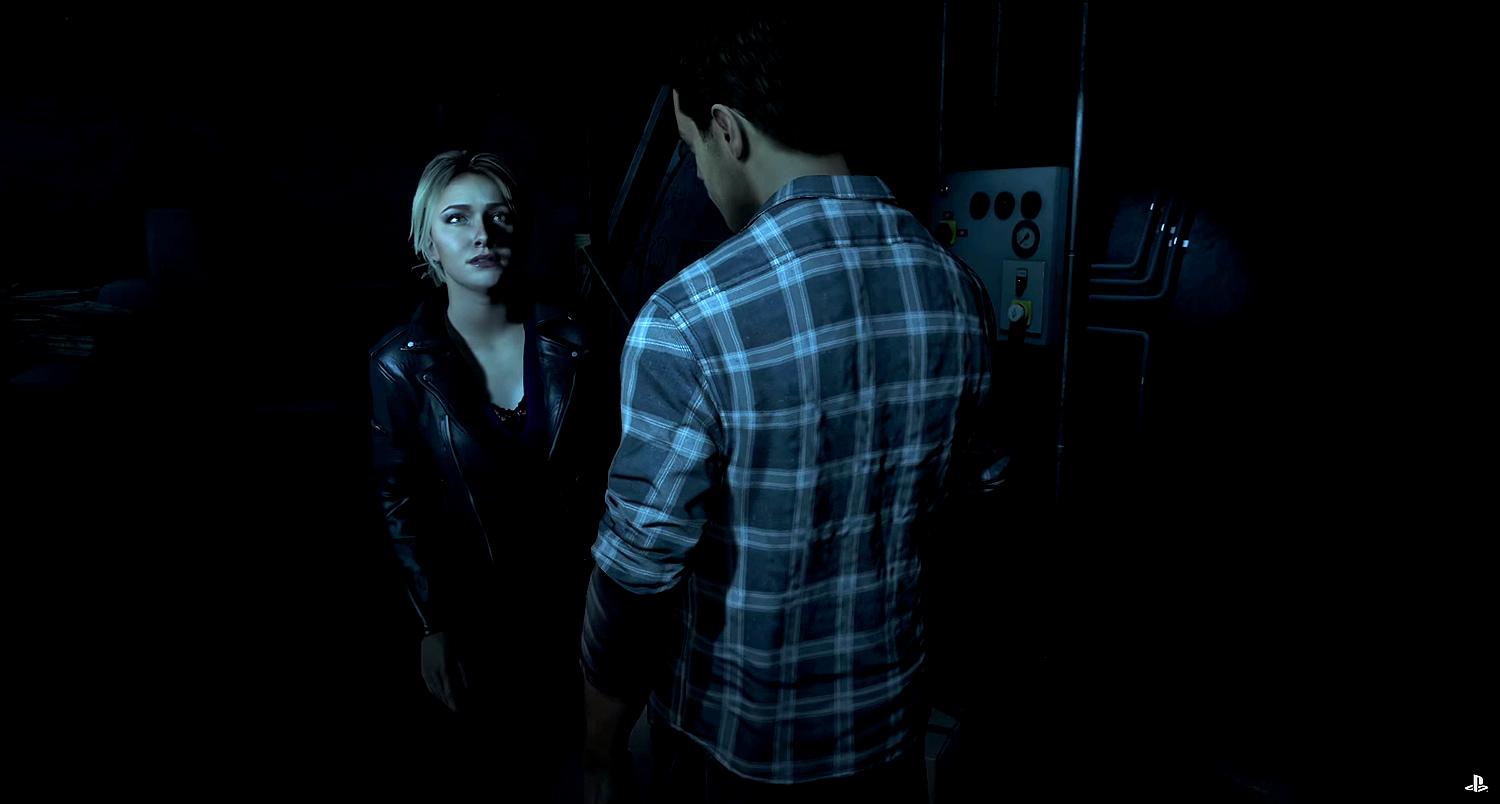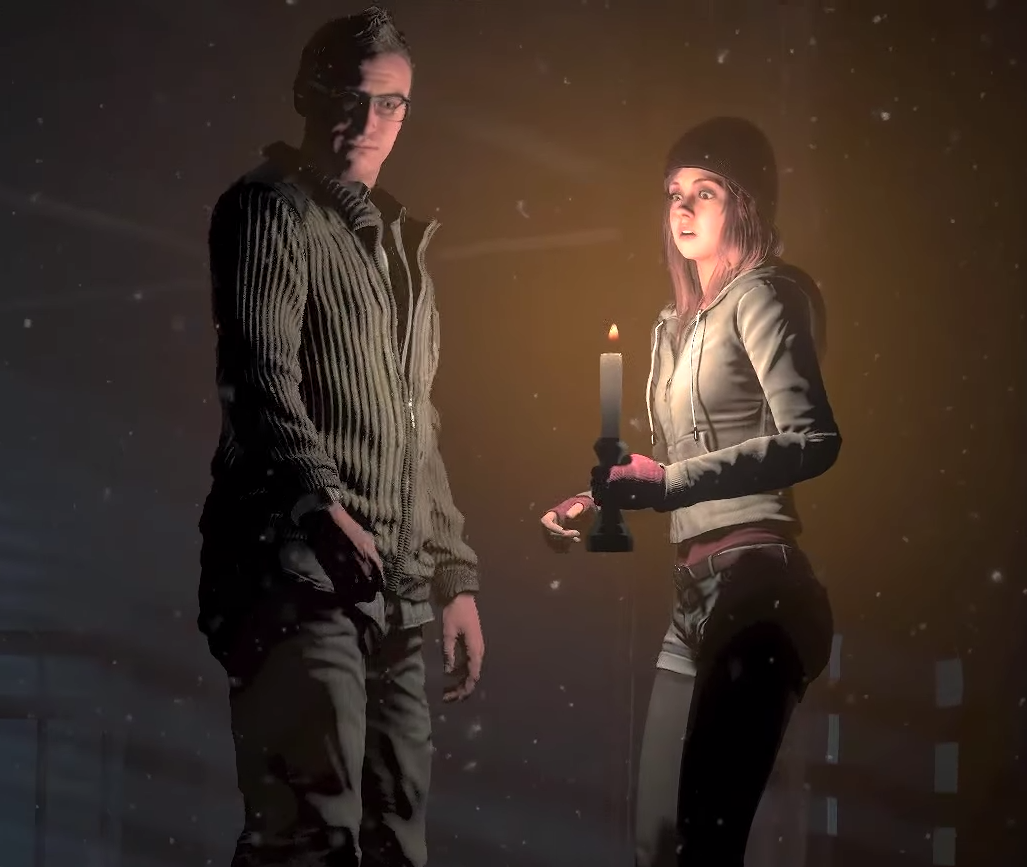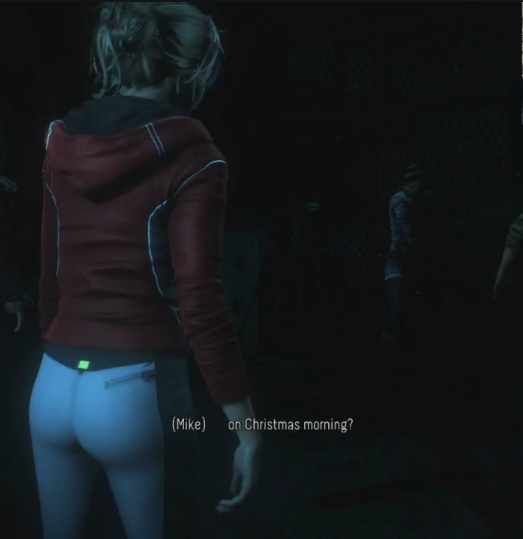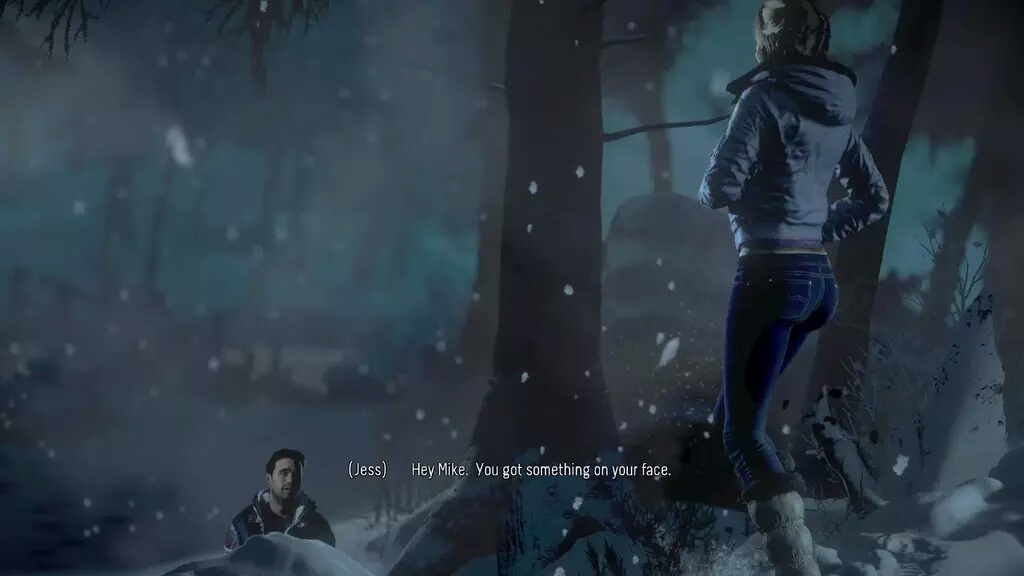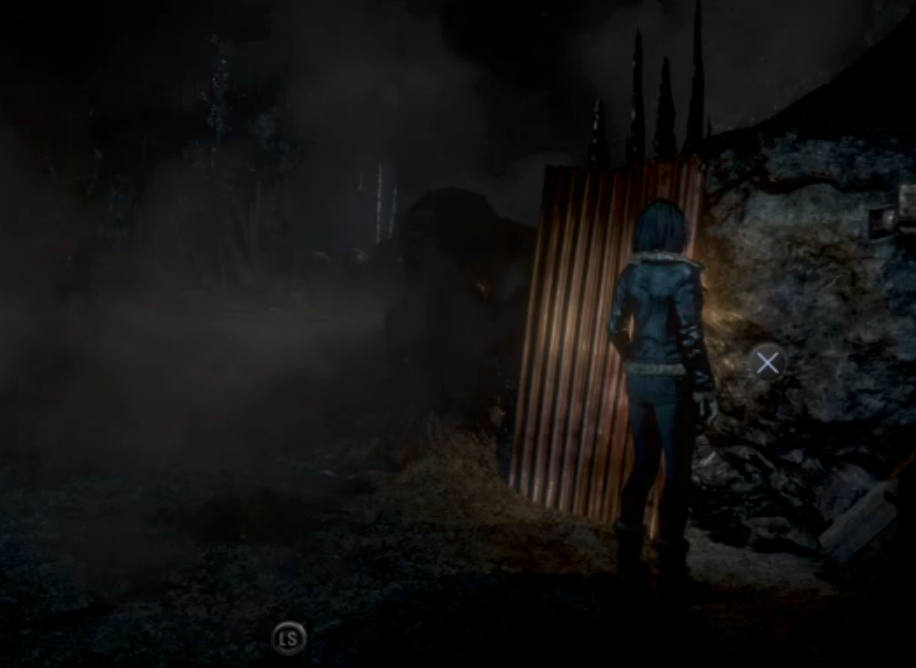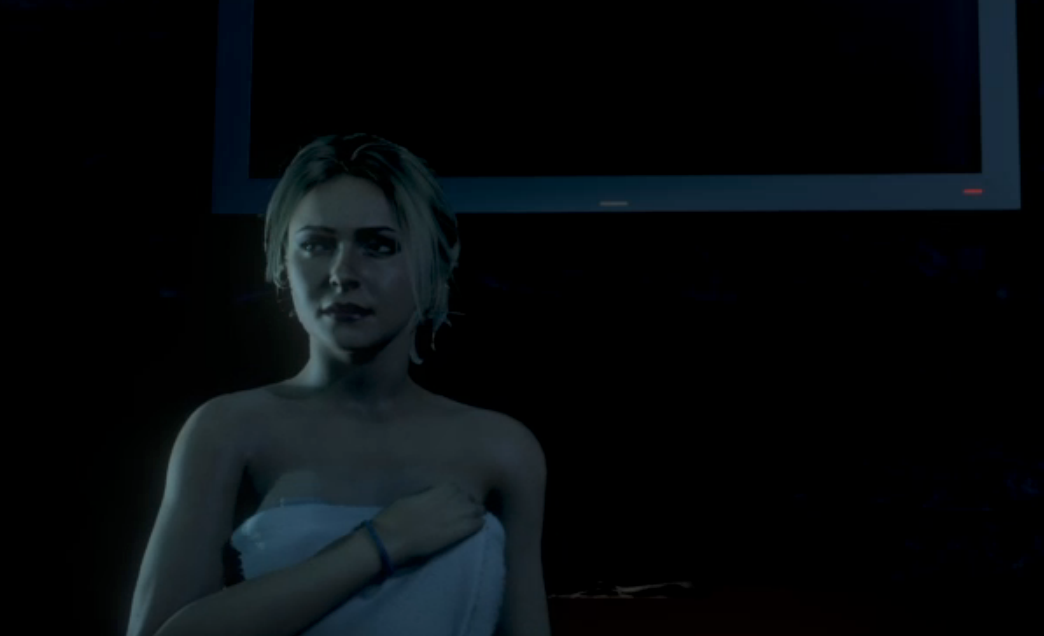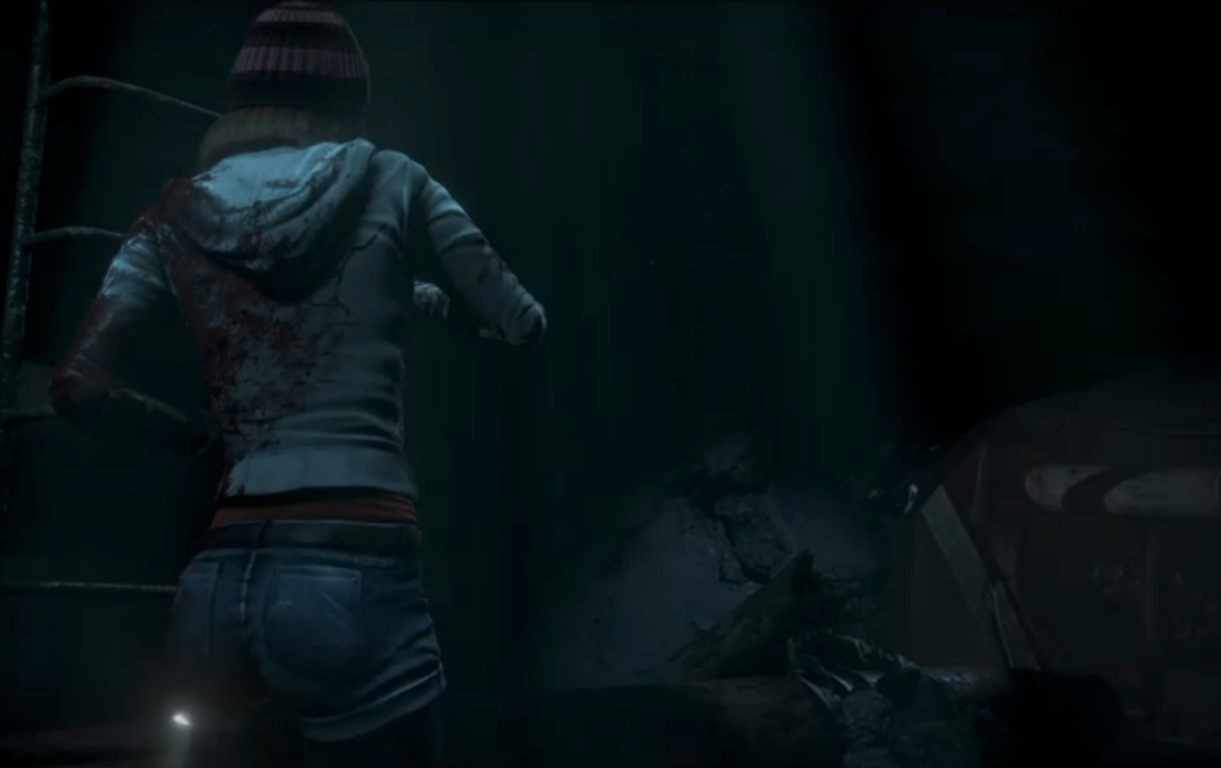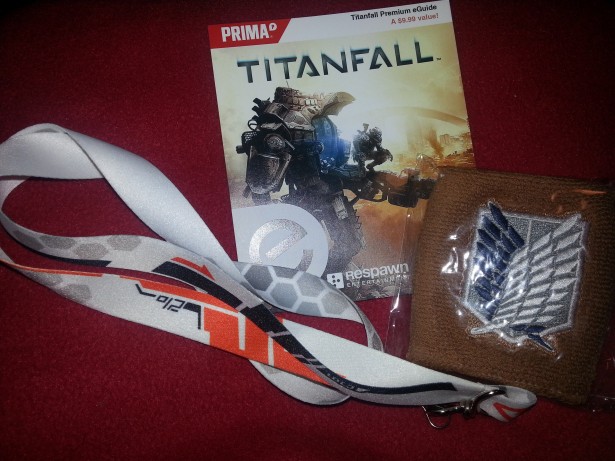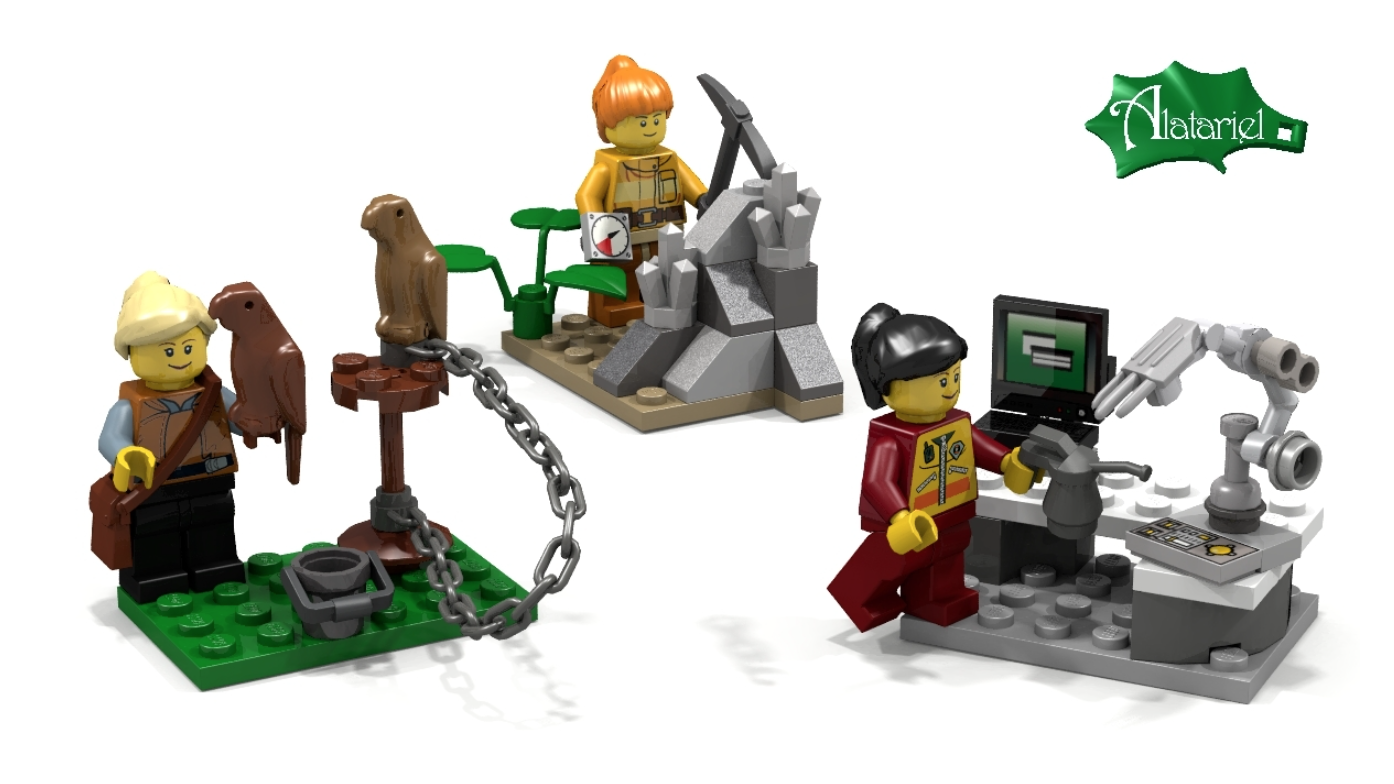Supermassive Games’ Until Dawn is often mentioned as playing on a number of horror tropes. Everyone can survive (depending), the two sex-craziest teens may have a real heart-to-heart about vulnerability (maybe), the ostensible Final Girl could meet her maker while others survive (possibly), and the black guy might make it (if you’re careful). But there are a number of horror tropes still on full display, and while we can argue whether or not they were employed with purpose or otherwise engaged, there are a few that simply are, such as the showcasing of bodies, specifically the disparity between the treatment of women’s bodies, and those of the men.
Back in 2013, after Remember Me debuted, I wrote about the different presentations of men and women in games, with a specific focus on, well, butts. Butts are a favored focus in game covers; characters are often positioned looked away, or partly away, from the viewer, and we are presented with their backs. Perhaps this is meant to be welcoming, a way into embodying the game’s character, but there is a difference in the way women and men are presented in these poses, which I wrote about again when looking specifically at cover art after the initial Remember Me piece. Female butts are clearly outlined and on display (that round thing in your face, as it were), while male butts are often obscured, shadowed or covered with a shirttail, or hidden with a tastefully deployed branch, gun or other object.
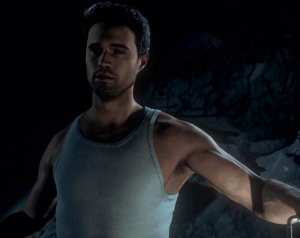 Because Until Dawn is played in third-person perspective, and because I powered through my initial play in seven hours during the Extra Life marathon, I spent a lot of time looking at butts, and so had great opportunities to analyze who I was seeing, and when, and how. The game features twelve characters, six women and six men, though only eight make up the primary characters the player will embody at various parts of the story (with another who anchors the prologue). The core eight are comprised of four men and four women, and the women are consistently dressed in tops that end at the waist, with form-fitting denim, leggings, or yoga pants highlighting their curves. The only exception to this is one character who starts the main chapters in a skirt, and ends in workout pants (after a long sequence in which she is clad only in the best towel in the universe, a towel possibly made of Velcro). The men, on the other hand, are not only dressed in baggier jeans, but they also fall prey to the old shirttail-covering-behind look we see in so many male characters. One character, Mike, spends a portion of the game dressed in a tank top, but that’s the only male objectification the game presents, and he soon finds a jacket that hits him at the hip.
Because Until Dawn is played in third-person perspective, and because I powered through my initial play in seven hours during the Extra Life marathon, I spent a lot of time looking at butts, and so had great opportunities to analyze who I was seeing, and when, and how. The game features twelve characters, six women and six men, though only eight make up the primary characters the player will embody at various parts of the story (with another who anchors the prologue). The core eight are comprised of four men and four women, and the women are consistently dressed in tops that end at the waist, with form-fitting denim, leggings, or yoga pants highlighting their curves. The only exception to this is one character who starts the main chapters in a skirt, and ends in workout pants (after a long sequence in which she is clad only in the best towel in the universe, a towel possibly made of Velcro). The men, on the other hand, are not only dressed in baggier jeans, but they also fall prey to the old shirttail-covering-behind look we see in so many male characters. One character, Mike, spends a portion of the game dressed in a tank top, but that’s the only male objectification the game presents, and he soon finds a jacket that hits him at the hip.
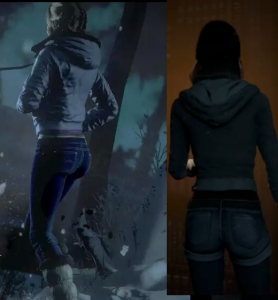 The women, on the other hand, are treated entirely differently; not only are they never offered a chance to cover themselves similarly (with one exception; see below), and while the argument can be made that these characters appear to be somewhat focused on appearance (they wear makeup and nice clothes; there are references to shopping on Rodeo drive), all of those things are design decisions. At the end of the day, the designers chose to dress the women one way and the men another, and I’m not sure that serves the idea of trope subversion at all. It isn’t helped by the fact that many of the women are presented as much more emotional and hysterical than the men, but that may be a discussion for another day.
The women, on the other hand, are treated entirely differently; not only are they never offered a chance to cover themselves similarly (with one exception; see below), and while the argument can be made that these characters appear to be somewhat focused on appearance (they wear makeup and nice clothes; there are references to shopping on Rodeo drive), all of those things are design decisions. At the end of the day, the designers chose to dress the women one way and the men another, and I’m not sure that serves the idea of trope subversion at all. It isn’t helped by the fact that many of the women are presented as much more emotional and hysterical than the men, but that may be a discussion for another day.
There is one exception to the form-fitting female outfit rule, though: one female character may, depending on choices made, put on a shapeless jacket that hits at the upper thigh, but only if she was previously running around in her bra and underwear, so categorize that as you will. (Correction: apparently she can still be in her jeans at this point, rather than just underwear; I hadn’t gotten that option, so I hadn’t encountered it.)
Check the gallery below for more examples of character presentation in Until Dawn.

